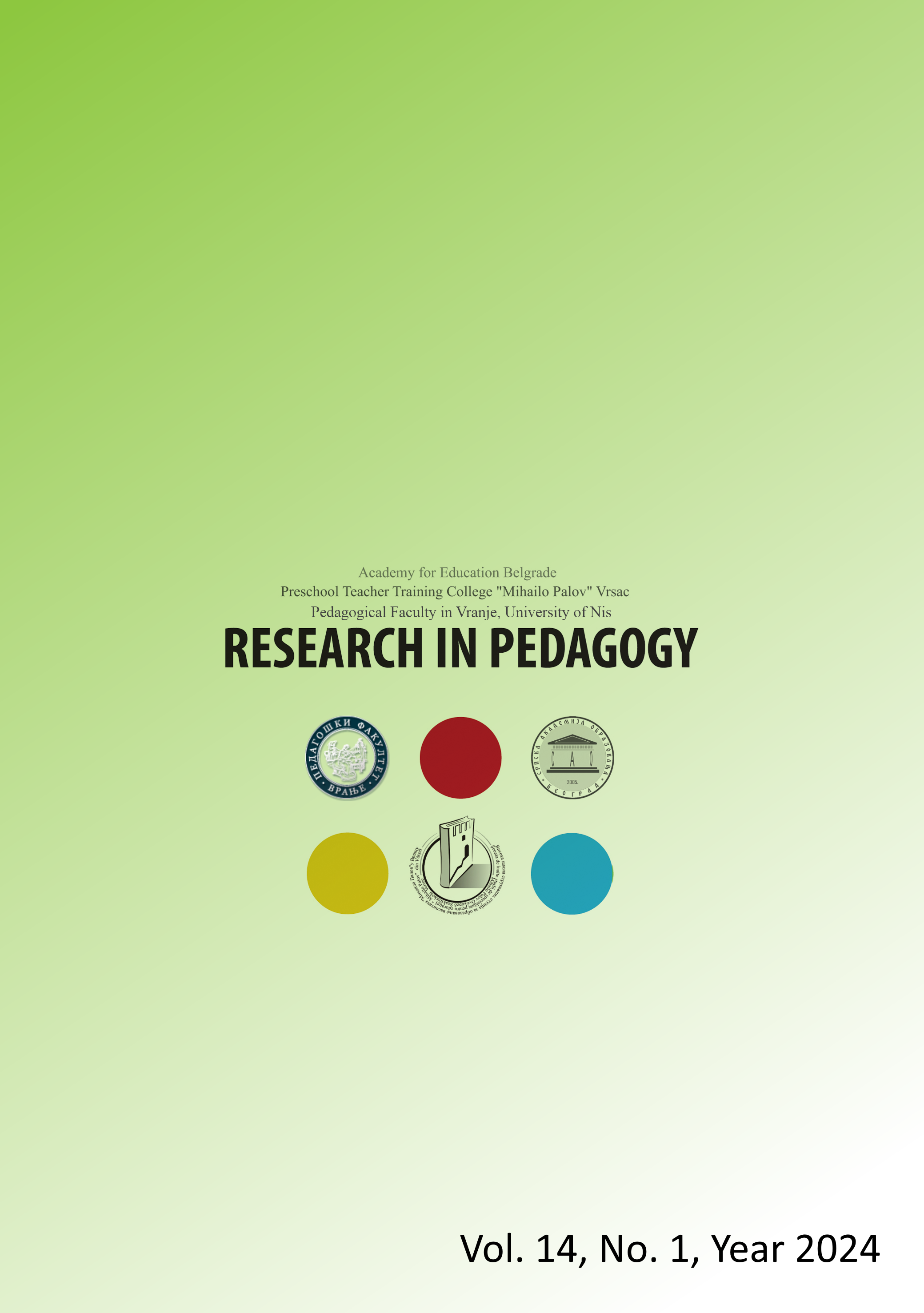THE NUMBER OF CHILDREN IN A FAMILY AS A FACTOR OF THEIR MUTUAL RELATIONSHIPS
THE NUMBER OF CHILDREN IN A FAMILY AS A FACTOR OF THEIR MUTUAL RELATIONSHIPS
Author(s): Ezgi Sumbas, Meltem YurtçuSubject(s): Social Sciences, Sociology, Family and social welfare
Published by: Visoka škola strukovnih studija za vaspitače "Mihailo Palov"
Keywords: Sibling; Nonparametric Factorial Analyse; Birth Order
Summary/Abstract: It is a very important step to consider the variables that affect sibling relationships together. This study aimed to determine the effects of the variables Birth Order (First, Middle, and Last), Gender (Female, Male), and Number of Siblings ("two or three" and "four or more"), which have been suggested to affect sibling relationships in the literature, in young adults. The family is one of the essential components of society. What makes the family is the interaction and communication between mother, father, and children. Sibling relations are an essential part of these. Sibling relations play an important role in individuals' cognitive, mental and social development. It is the research defined to examine relationships. "Lifelong Sibling Relations Scale'' was directed to 735 university students in the study. Data were collected from students attending a university in Turkey. The interaction of three variables for the sub-dimensions of the scale and the total scores obtained from the scale were examined separately. Aligned rank transformation ANOVA (ART anova) was used since there were three different independent variables in the study and the values did not show normal distribution. In order to carry out the research, it used the R statistics program and ARTool package. As a result of the research, while the median values of the scores in both the total and sub-dimensions of sibling relationships did not differ according to the interaction of the three variables, a significant difference was found in sibling relationships according to birth order, which is one of the main effects. When the three variables are considered together, it is observed that the highest sibling relationship for both the total score and the sub-categories belongs to female students who were born in the first place and have two or three siblings. It has been observed that individuals with four or more siblings born in the middle have the lowest scores in sub-dimensions except adult cognition. In this study, gender, birth order, and the number of siblings, which is seen to affect sibling relations of young adults in the literature, and the interactions of these variables are discussed. A scale consisting of six sub-dimensions and an overall score for lifelong sibling relations was used in the study. The differentiation of the total score obtained from the scale and its sub-dimensions according to the variables was analyzed.
Journal: Research in Pedagogy
- Issue Year: 14/2024
- Issue No: 1
- Page Range: 228-249
- Page Count: 22
- Language: English

